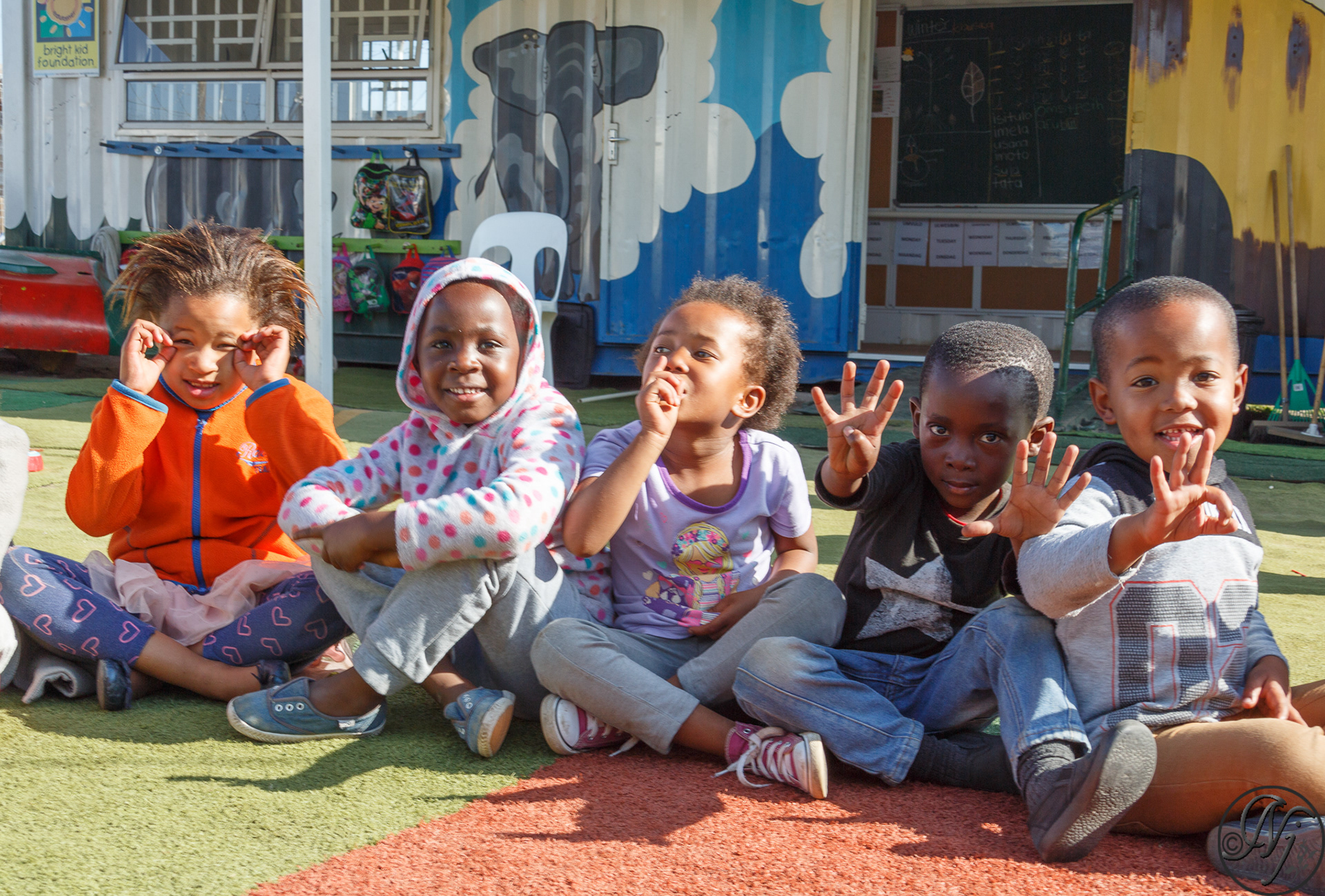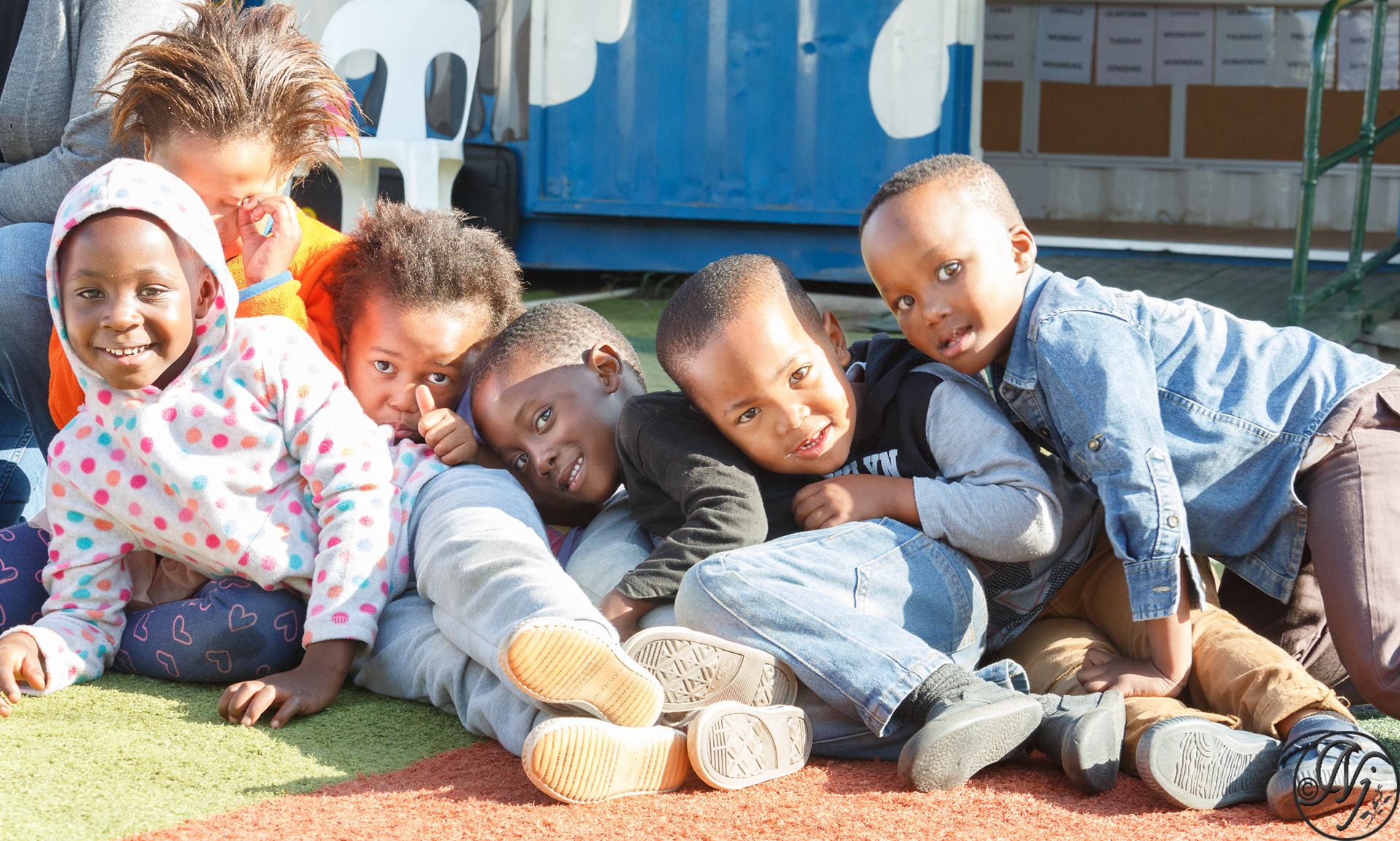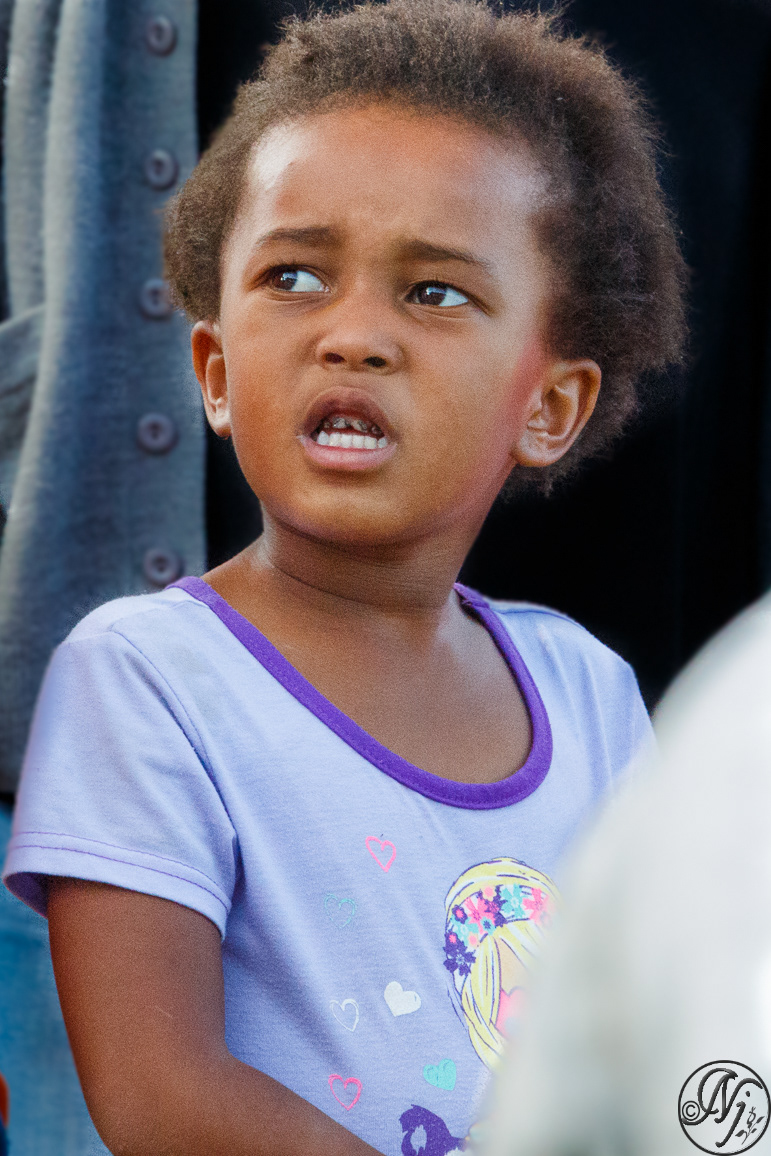













Education; Schoolboy at the Lukhanyo Primary School, Zwelihle Township (Hermanus, South Africa) Changes have been attempted within the last few years to make the education system better but one of the biggest problems facing South African youths is the lack of education. The education system in South Africa is set up differently from the rest of the world.[dubious – discuss] School life spans 13 years or grades, from grade 0, other wise known as grade R or "reception year", through to grade 12 or "matric". All South Africans have the right to a basic education but most of the kids in the poor areas end up dropping out around 9th grade.[8] The Bill of Rights of the country's Constitution states that they have the obligation, through reasonable measures, to progressively make education available and accessible. Then in the South African Schools Act of 1996 education became compulsory for all South Africans from the age of seven to age 15, or the completion of 9th grade. In order to target the education of the poorest of the poor the government created two notable programs. One is the fee-free schools, institutions that receive all their required funding from the state and so do not have to charge school fees. These schools were carefully identified in the country's most poverty-stricken areas, and will made up 40% of all school in 2007.[8] The other is the National Schools Nutrition Program, which feeds about 7 million schoolchildren every day. The government is targeting improvements in the infrastructure for poorer school including libraries, laboratory, and sports fields as well as improvements in math and science scores. Other strategies include learner transport, crime campaigns to address violence, sexual abuse and gangsterism, the "Drop-all-and-read" campaign that focuses on basic literacy and numeracy skills. After the implementation of these programs the national budget has increased as well as the matric pass rate and total number of students. Even with all these increases and positive transformations they have not been accompanied by a better distribution of education. This skewed distribution is mainly attributable to higher and more rapid drop out rates among the poor, rather than to a lack of initial access to schooling. The formerly white Model-C schools uniformly produce better results and their governing bodies are able to raise substantial private funds used to get resources that are then unreachable by the rural and township schools which survive on the commitment of their teachers. Info: Wikipedia













